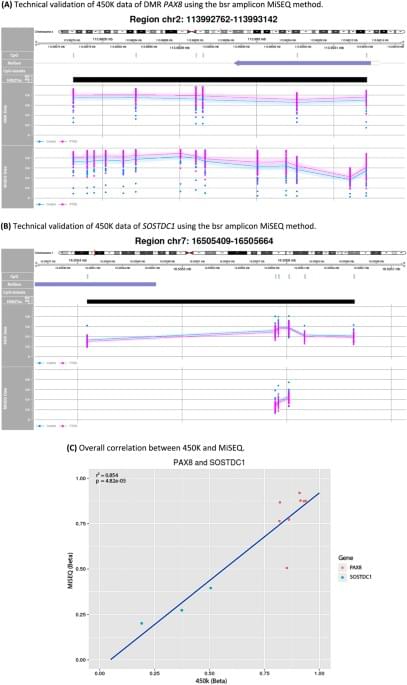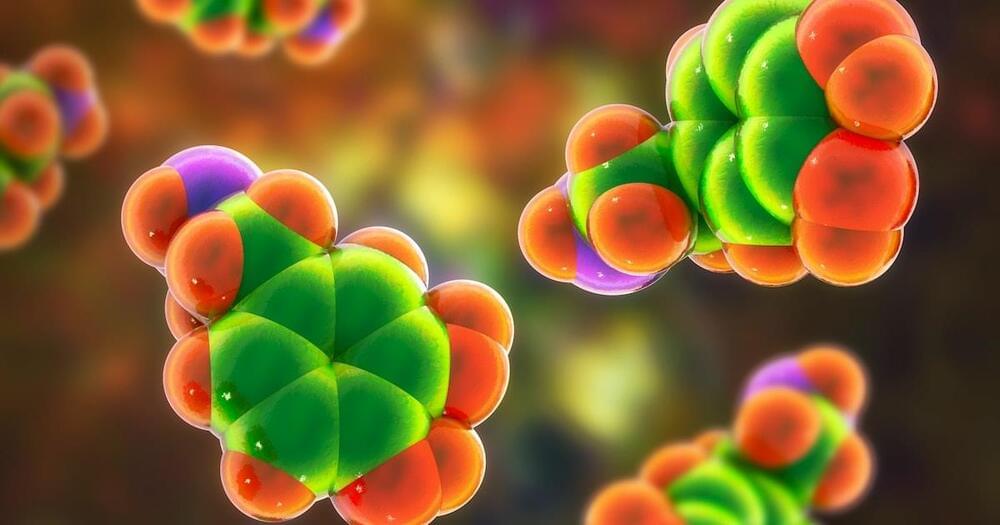Nov 24, 2023
Key processes required for the different stages of fungal carnivory by a nematode-trapping fungus
Posted by Saúl Morales Rodriguéz in categories: food, sex
Nutritional deprivation triggers a switch from a saprotrophic to predatory lifestyle in soil-dwelling nematode-trapping fungi (NTF). In particular, the NTF Arthrobotrys oligospora secretes food and sex cues to lure nematodes to its mycelium and is triggered to develop specialized trapping devices. Captured nematodes are then invaded and digested by the fungus, thus serving as a food source. In this study, we examined the transcriptomic response of A. oligospora across the stages of sensing, trap development, and digestion upon exposure to the model nematode Caenorhabditis elegans. A. oligospora enacts a dynamic transcriptomic response, especially of protein secretion–related genes, in the presence of prey. Two-thirds of the predicted secretome of A. oligospora was up-regulated in the presence of C. elegans at all time points examined, and among these secreted proteins, 38.5% are predicte.


















